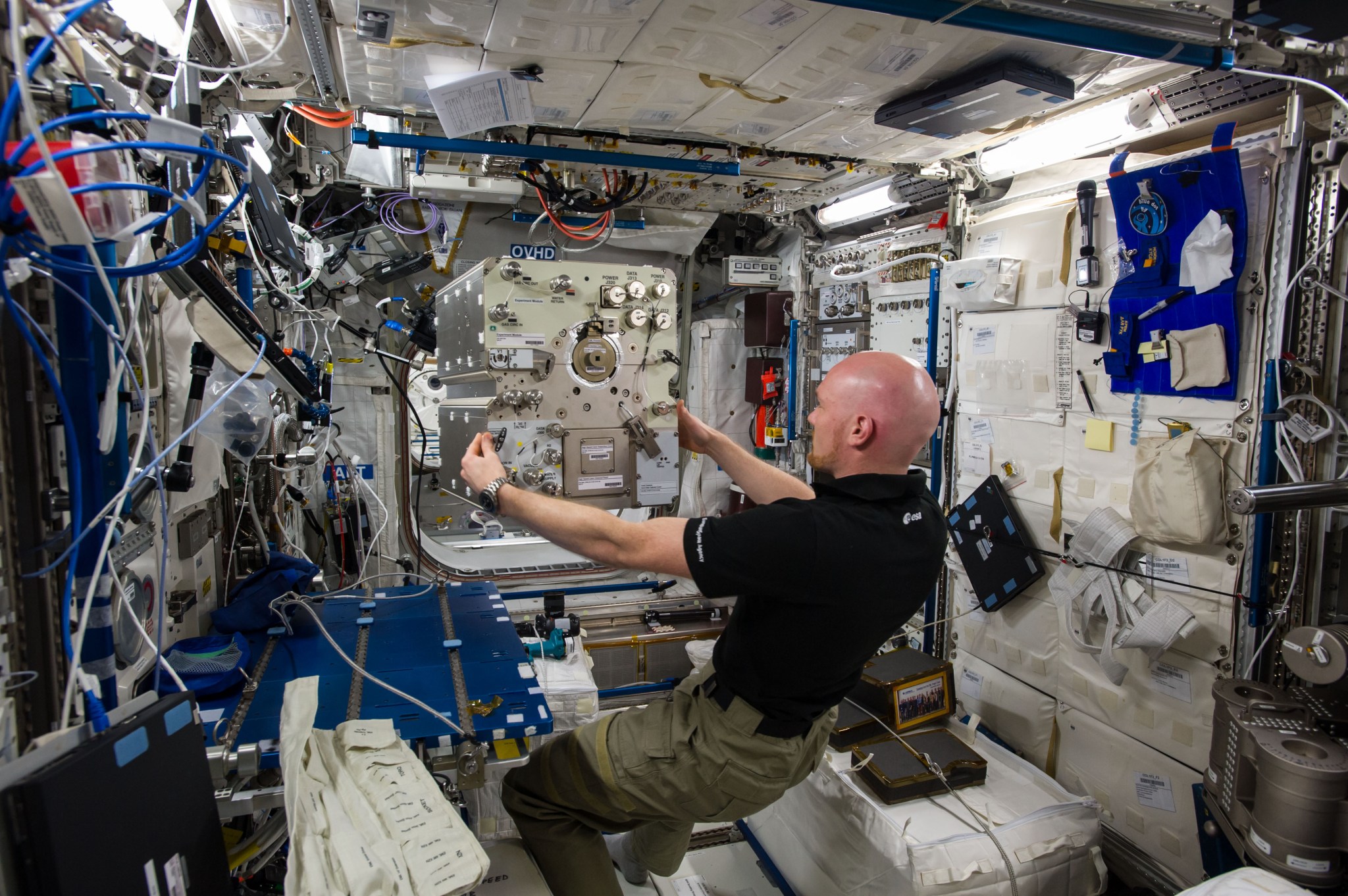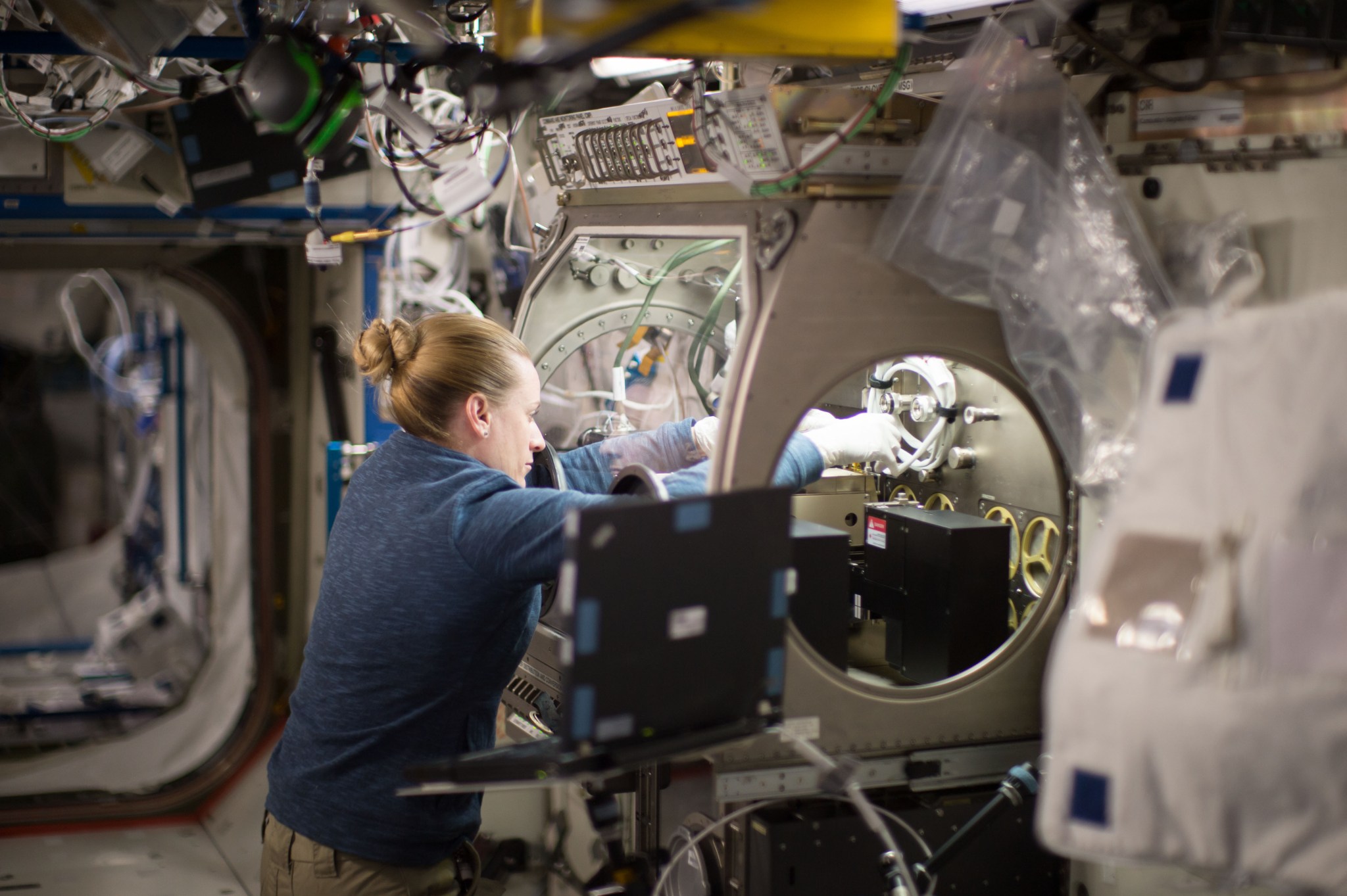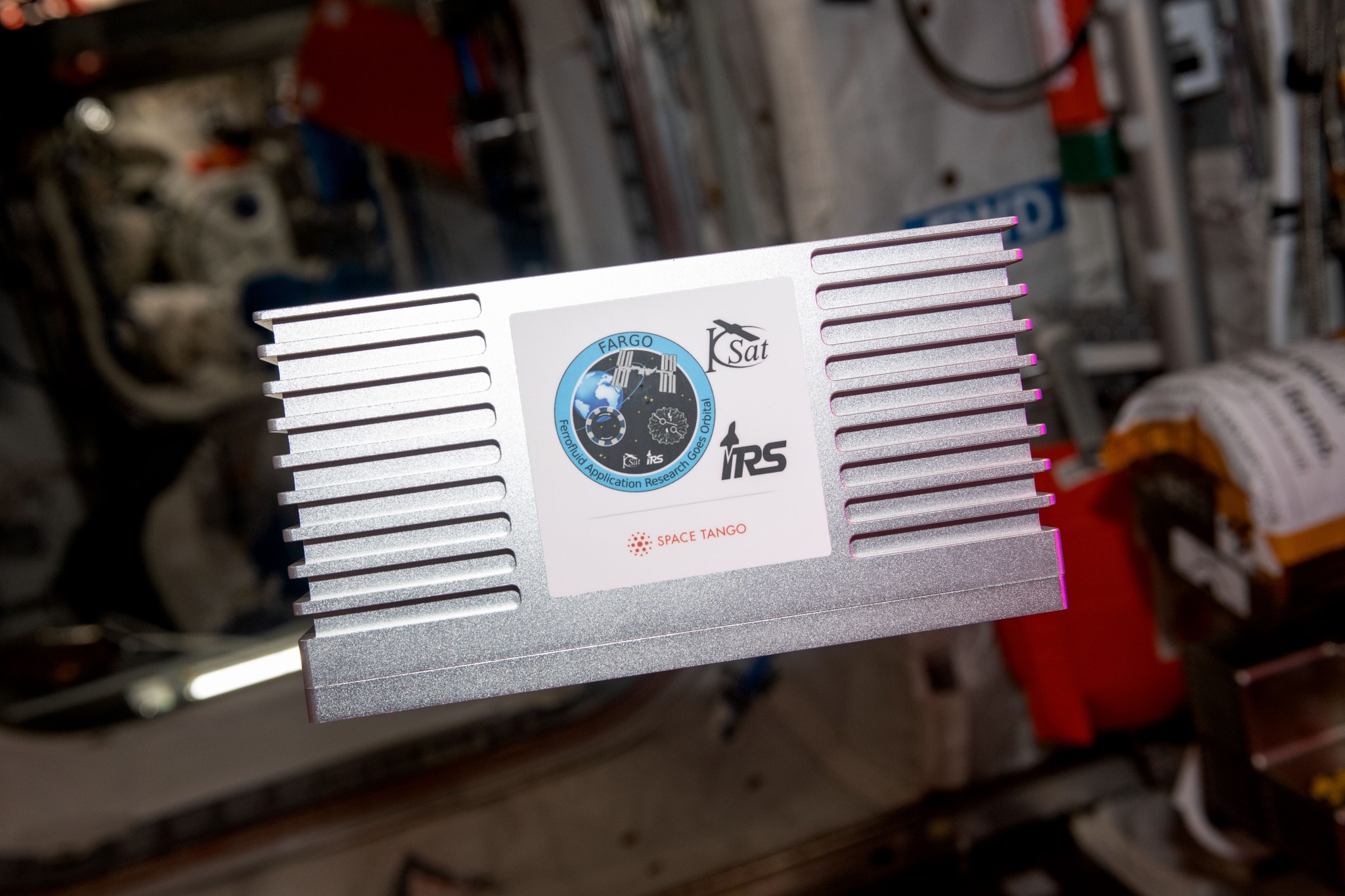Station Science Top News: Dec. 20, 2024
A method for evaluating thermophysical properties of metal alloys Simulation of the solidification of metal alloys, a key step in certain industrial processes, requires reliable data on their thermophysical properties such as surface tension and viscosity. Researchers propose comparing predictive models with experimental outcomes as a method to assess these data. Scientists use data on […]

A method for evaluating thermophysical properties of metal alloys
Simulation of the solidification of metal alloys, a key step in certain industrial processes, requires reliable data on their thermophysical properties such as surface tension and viscosity. Researchers propose comparing predictive models with experimental outcomes as a method to assess these data.
Scientists use data on surface tension and viscosity of titanium-based alloys in industrial processes such as casting and crystal growth. EML Batch 3 – NEQUISOL, an ESA (European Space Agency) investigation, examined the microstructure and growth of these alloys using the station’s Electromagnetic Levitator. This facility eliminates the need for containers, which can interfere with experiment results.
Overview of techniques for measuring thermal diffusion
Researchers present techniques for measuring thermal diffusion of molecules in a mixture. Thermal diffusion is measured using the Soret coefficient – the ratio of movement caused by temperature differences to overall movement within the system. This has applications in mineralogy and geophysics such as predicting the location of natural resources beneath Earth’s surface.
A series of ESA investigations studied diffusion, or how heat and particles move through liquids, in microgravity. Selectable Optical Diagnostics Instrument-Influence of VIbrations on DIffusion of Liquids (SODI-IVIDIL) examined how vibrations affect diffusion in mixtures with two components and SODI-DCMIX measured more-complex diffusion in mixtures of three or more components. Understanding and predicting the effects of thermal diffusion has applications in various industries such as modeling of underground oil reservoirs.
Research validates ferrofluid technology
Researchers validated the concept of using ferrofluid technology to operate a thermal control switch in a spacecraft. This outcome could support development of more reliable and long-lasting spacecraft thermal management systems, increasing mission lifespan and improving crew safety.
Überflieger 2: FARGO analyzed the performance of ferrofluids, a technology that manipulates components such as rotors and switches using magnetized liquids and a magnetic field rather than mechanical systems, which are prone to wear and tear. This technology could lower the cost of materials for thermal management systems, reduce the need for maintenance and repair, and help avoid equipment failure. The paper discusses possible improvements to the thermal switch, including optimizing the geometry to better manage heat flow.
What's Your Reaction?












































